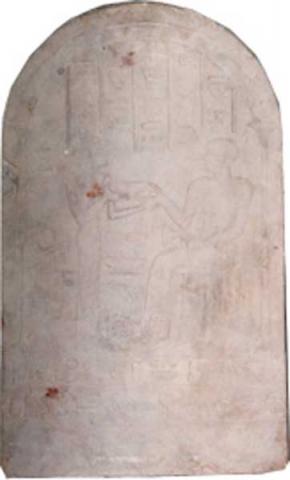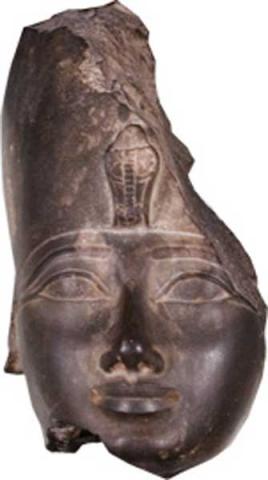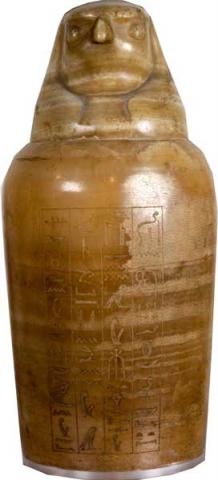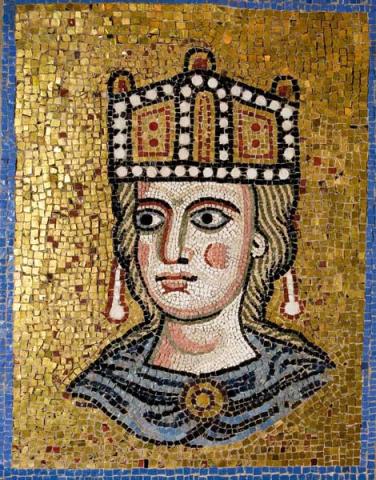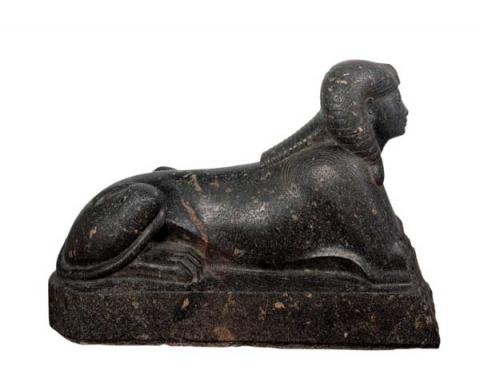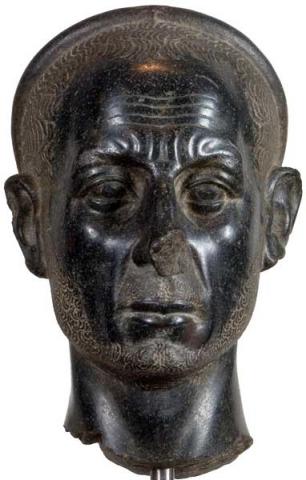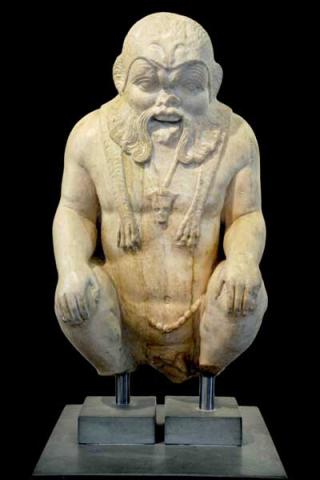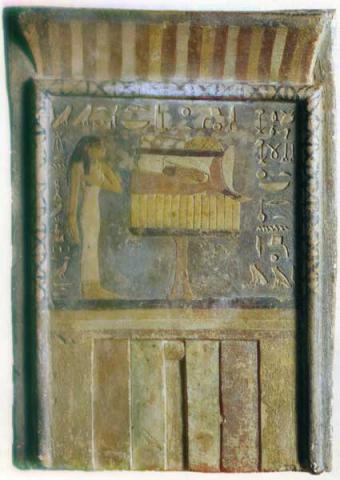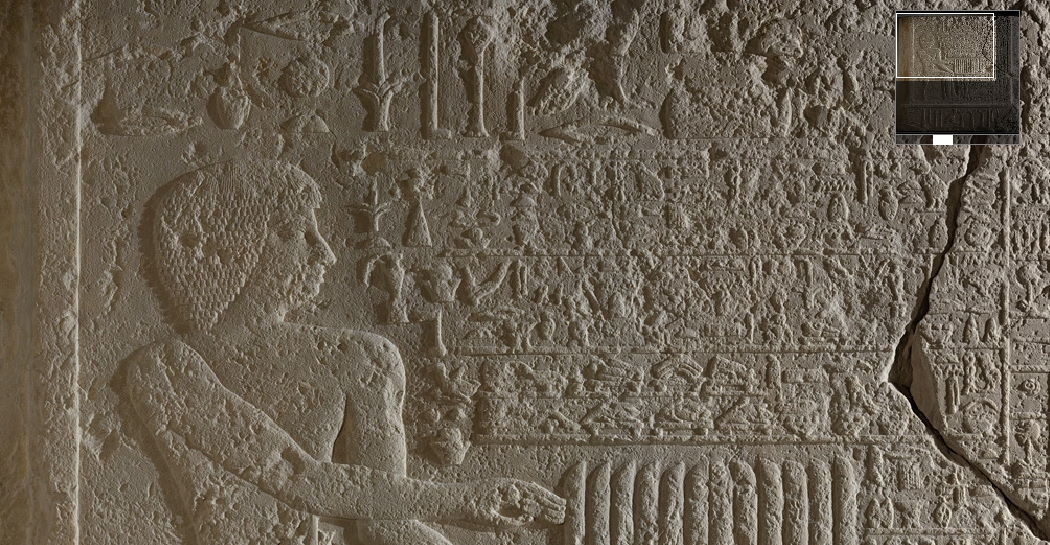Egyptian art
Egyptian civilization developed over a long historical period, from the 4th millennium to the 6th century B.C.

The land was initially divided into two great kingdoms, but around 3150 B.C. it was unified by king Menes, with Thebes, in Middle Egypt, as the capital. Scholars divide Egyptian history thereafter into four main phases, separated by periods of crisis – defined as “intermediate periods” – in which the central power collapsed and the land was ruled by foreign powers:
- Old Kingdom (2705-2225 B.C.)
- Middle Kingdom (1987-1640 B.C.)
- New Kingdom (1539-1075 B.C.)
- Late period (664-525 B.C.)
Though Egypt was conquered in 525 B.C. by the Persians, under Cambyses, Egyptian culture continued to manifest its traditional ways of expression for centuries, until the kingdom was conquered by Alexander the Great and, with the advent of the Ptolemaic dynasty (332-30 B.C.), it became deeply influenced by Greek art.
Egyptian art was altogether original, because the land where it developed, enclosed by deserts and the sea, was long cut off from contact with other civilizations. The most outstanding examples are related to grandiose funerary structures, such as the pyramids, and monumental temples. One purpose of Egyptian art, as an expression of the ruling class, was to instill in the populace respect and veneration for the power of that class, strongly conservative and immutable over time; another was to perpetuate life after death. A tomb was not only a monument by which to remember the deceased; it was also the place where the corpse was supposed to be preserved forever, together with objects that the deceased had owned during his or her lifetime and could use in the afterlife.
Egyptian art, harnessed to royal power, priestly power and the funerary sphere, was the work of legions of craftsmen highly specialized in the different genres, which, though subject to the natural evolution of representational art, continued to be bound by pre-established canons handed down through the generations. Paintings, sculptures and reliefs reflected fixed models that governed the choice of materials, composition and colors, and the proportions and rendering of the human figure. Within these rigid conventions, Egypt’s craftsmen created works of extraordinary formal value that make Egyptian art one of the fullest expressions of an ancient civilization, together with extremely refined objects that throw bright light on the daily life of the people born and bred on the banks of the Nile.
In building his collection, Giovanni Barracco gave special attention to Egyptian art. He himself was considered a worthy Egyptologist, and he was able to buy on the antiquities market important artworks and objects of great documentary importance. His library, housed in the Museum and including books of great value, testifies to his scholarly interests in this field.


Epoca tolemaica, Tolomeo el Filadelfo (285-246 a.J.C.)

